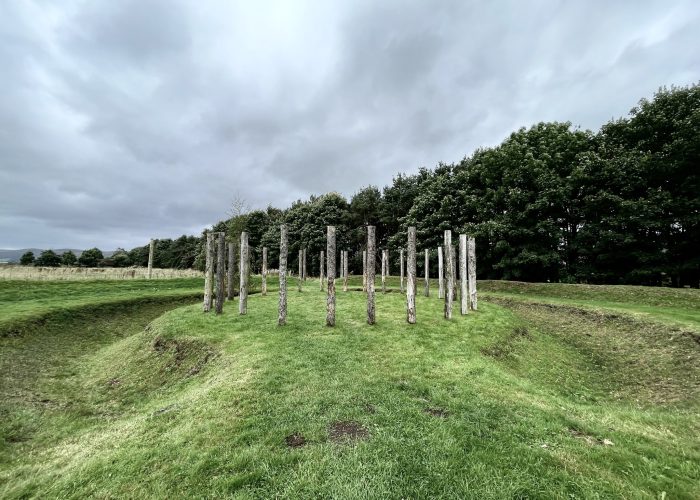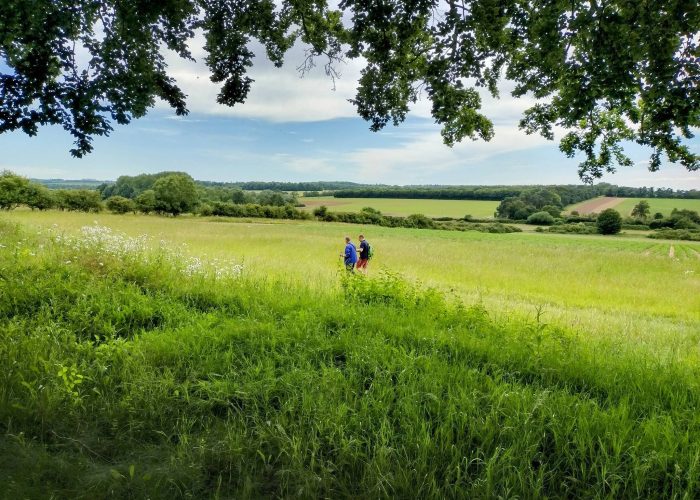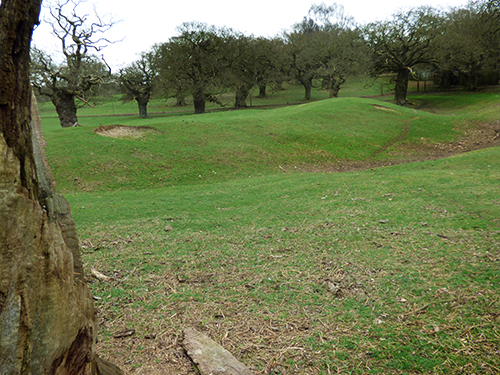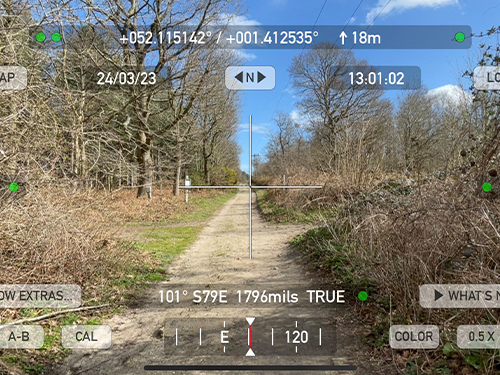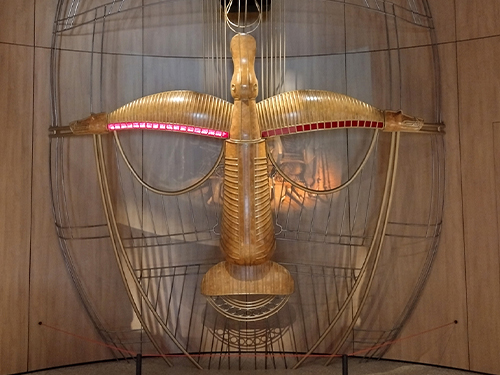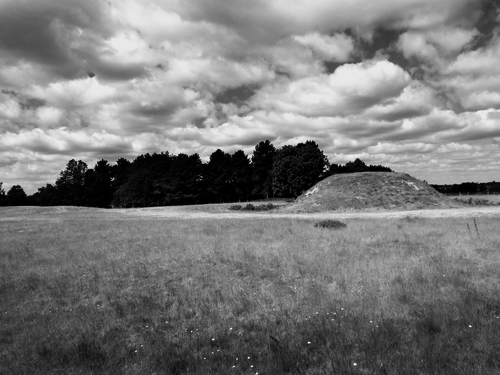We’re just back from a wonderful windswept trip to Maelmin Henge and the wider ritual landscape of the surrounding Millfield Basin, Northumberland. Our focus has been on the longest known ‘pit alignment’ in the country, referred to as Ewart 1, at over 1 kilometre in length.
Read moreJournal
Unearthing Suffolk’s Black Ditches
We’ve been out in the field researching the Black Ditches at Risby in Suffolk, the most easterly of 5 such dykes and ditches that stretch out across the Suffolk and Cambridgeshire landscape.
Read moreExploring the enigmatic
We are now finalising investigations for our next Arcane Landscape Trust publication: Staverton – Part 2: Skyscapes and landscapes of the Wuffing Kingdom. We end our research with an exploration of the enigmatic earthwork Cumberland’s Mount, for bizarrely there is no definitive consensus on exactly what it is.
Read moreSkyscapes and Landscapes
Out in the field, furthering our investigations for ‘Staverton pt 2 – Skyscapes and Landscapes of the Wuffing Kingdom’. Exploring the sky ground correlations of an ancient green road in Suffolk. We believe this was once a processional routeway, targeting specific celestial and solar targets in the dawn and night sky on key dates of the ritual year.
Read moreRendlesham Revealed
The new exhibition at Sutton Hoo opened this week showcasing the best of what has been learnt about King Raedwald’s royal settlement and landscape 400-800 AD following years of archaeology. Having had the privilege of volunteering on the archaeological dig at Raedwald’s Royal Hall at Rendlesham we were delighted to see some of the important artefacts and their solar symbolism up close and personal.
Read moreDigging Deeper
With the release of the Netflix film ‘The Dig’ later this month, we are reminded just how much our understanding has evolved since Basil Brown’s excavations in 1939 led to the discovery of Sutton Hoo. We now know that the landscape around Sutton Hoo was an open one, with the mounds standing uninterrupted for more than seven kilometres to the East.
Read more
